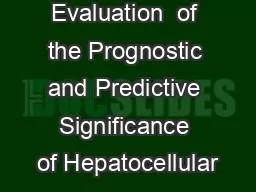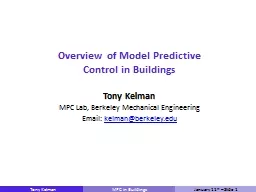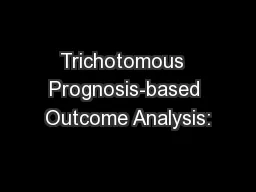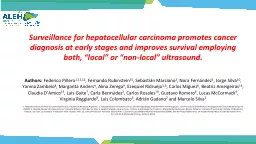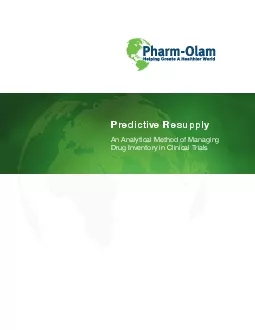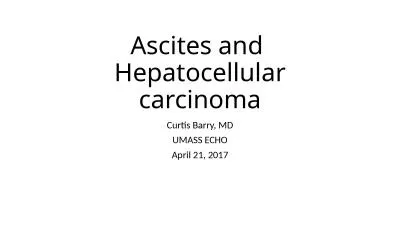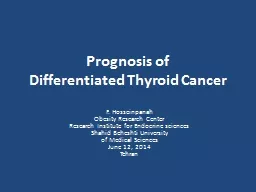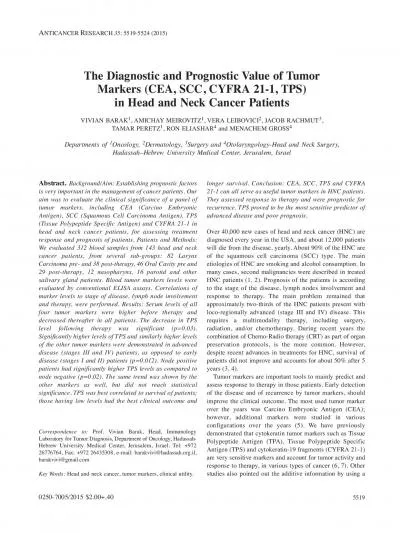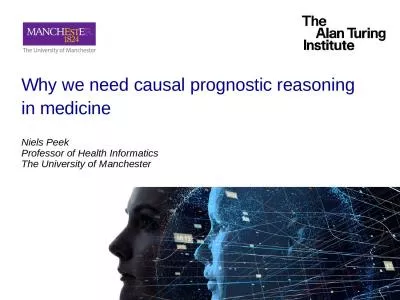PPT-Evaluation of the Prognostic and Predictive Significance of Hepatocellular
Author : jideborn | Published Date : 2020-06-26
Carcinoma Circulating Tumor Cells Expressing Programmed DeathLigand 1 PDL1 O18 Pin Jun Chen Paul Winograd Shuang Hou Colin Court Saeed Sadeghi Richard Finn Yazhen
Presentation Embed Code
Download Presentation
Download Presentation The PPT/PDF document "Evaluation of the Prognostic and Predic..." is the property of its rightful owner. Permission is granted to download and print the materials on this website for personal, non-commercial use only, and to display it on your personal computer provided you do not modify the materials and that you retain all copyright notices contained in the materials. By downloading content from our website, you accept the terms of this agreement.
Evaluation of the Prognostic and Predictive Significance of Hepatocellular: Transcript
Download Rules Of Document
"Evaluation of the Prognostic and Predictive Significance of Hepatocellular"The content belongs to its owner. You may download and print it for personal use, without modification, and keep all copyright notices. By downloading, you agree to these terms.
Related Documents

